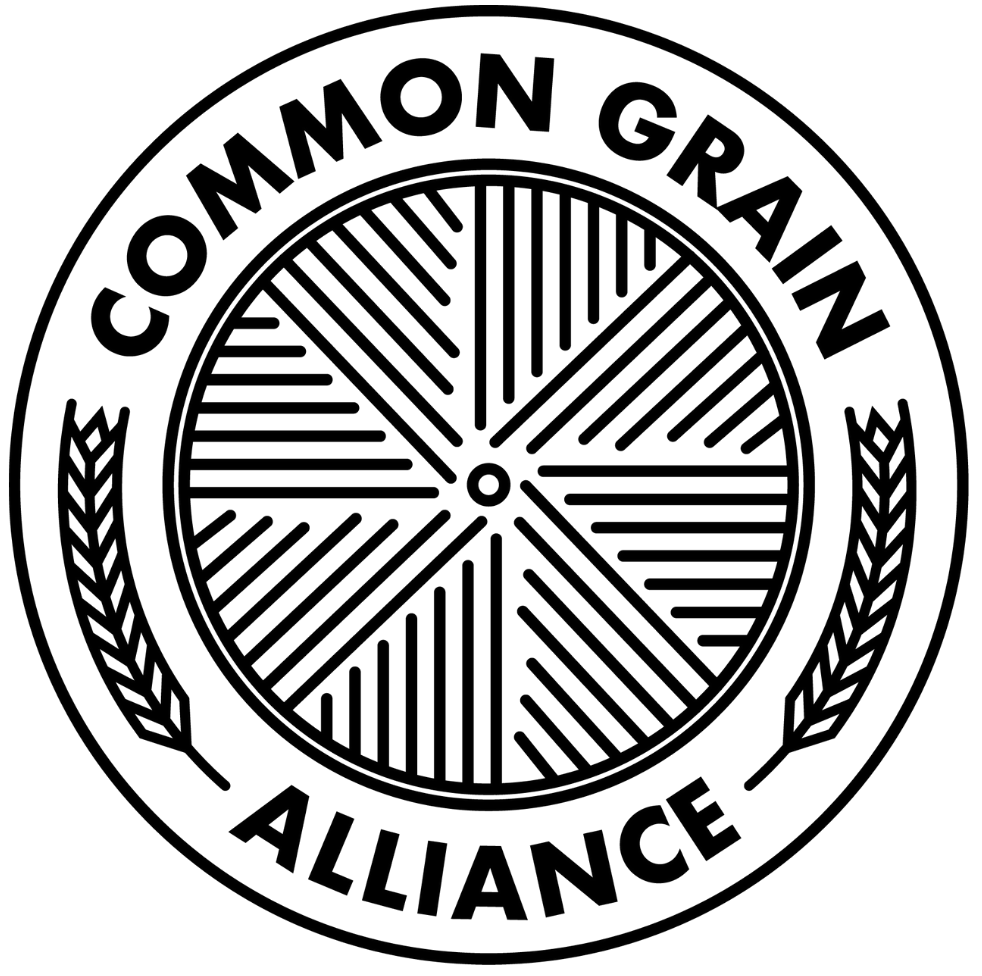Acres in a Loaf of Bread
Source: H. Coiner
Last month I attended a meeting of the Virginia Grain Producer’s Association to learn more about how the vast majority of grain is produced. I had the pleasure of being accompanied by three other CGA members, and, inevitably, the topic of scale came up. The VGPA farmers think in thousands of acres; CGA producers may be working with 100 or less. One of the challenges of building up a regional food system of any sort is balancing supply with demand. So the calculators came out and numbers were crunched, and it made me realize I don’t have a good handle on how many buyers are needed to support the farmers we already have in our network, let alone new farmers. Plus, purely selfishly, I’ve always wanted to figure out how many acres of grain is required to support my little bakery.
There are a few factors that play into this calculation. First, how many bushels per acre will a farmer harvest? This depends on the type of grain, the farmer’s skill, growing practices, and Mother Nature. If we assume we are talking about wheat that is grown sustainably in an average year in the Mid-Atlantic, 40 bushels per acre seems to be a reasonable place to start. (The U.S. average in 2021 was around 52 bushels per acre). Second, there are harvest and cleaning losses. I have no idea how much is lost (which means you can look for a future post on this topic!) but I’ll be conservative and say 10% is lost. Third, the standard weight of a bushel of wheat is 60 pounds, or 27 kg.
At the mill, the grade of flour determines how many kg of flour you get from each kg of grain. If you have an excellent mill, you can get close to 100% conversion of grain to flour, called “extraction” in the trade. If you sift out some of the larger particles for a finer grade flour, you have losses. 80% extraction is common in a lot of bakeries, including mine. At this point, we can figure out how many pounds of flour a farmer can expect per acre.
40 bu/acre x 60 lb/bu x 0.9 harvest yield x 0.8 extraction = about 1700 pounds flour
This goes up to about 2100 pounds if the flour is not sifted (that is, there are no milling losses).
Additional factors at the bakery are the amount of flour in a loaf of bread, and the number of loaves baked in a year. At my bakery, most loaves use about 400 g of flour, or 0.9 pounds. We are tiny, and only operate 10 months (or 43 weeks) out of the year. But let’s say we have a great year and make 300 loaves per week during that time. My bakery then uses:
300 loaves/ wk x 43 weeks x 0.9 lb/loaf = 11600 lb flour.
That means about 6.7 acres of wheat (11600 lb flour / 1700 lb flour/acre) will support my bakery for a year.
I am not sure what I was expecting, but seeing this tiny amount of land supporting a bakery that employs three full-time people triggers all kinds of thoughts and feelings. But one obvious implication is that the CGA network can absorb a lot more buyers. One hundred acres of wheat can produce 3700 loaves of bread a week. Because our farmers use sustainable practices, they only grow wheat once every three years, so with good soil health practices, you would need three 100 acre farms to produce that much. But still. That’s a lot of bread.
How many acres of grain will support your baking or processing activities?
This material is based upon work that is supported by the National Institute of
Food and Agriculture, U.S. Department of Agriculture, under award number 2019-
38640-29878
through the Southern Sustainable Agriculture Research and Education program
under subaward number LS20-327. USDA is an equal opportunity employer and
service provider.
Any opinions, findings, conclusions, or recommendations expressed in this
publication are those of the author(s) and do not necessarily reflect the view of the
U.S. Department of Agriculture.



